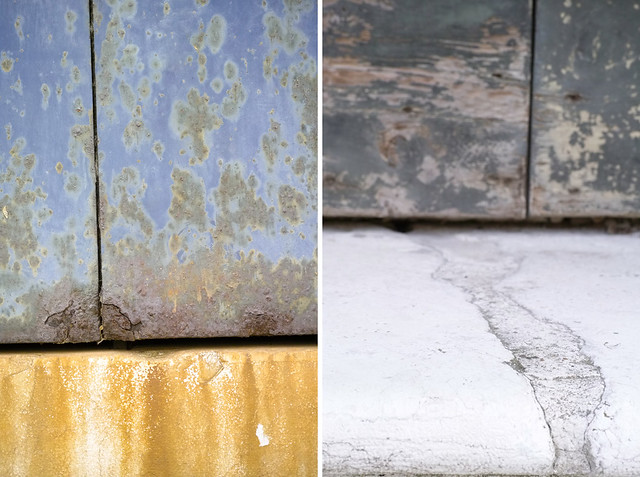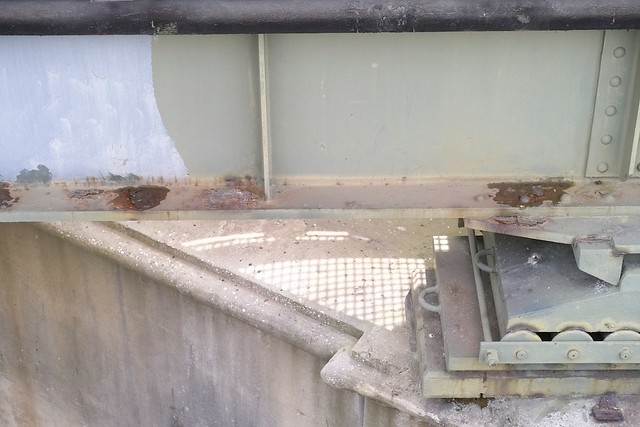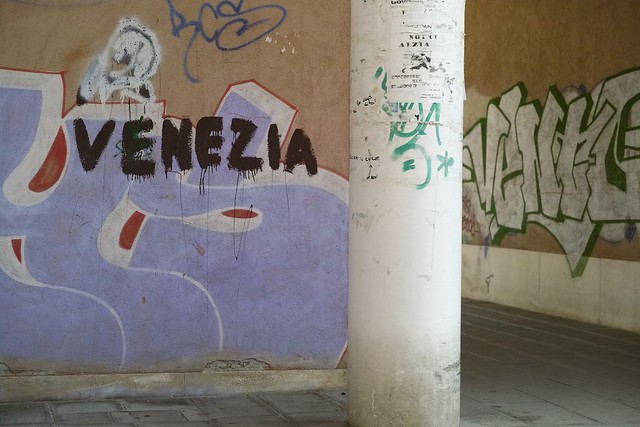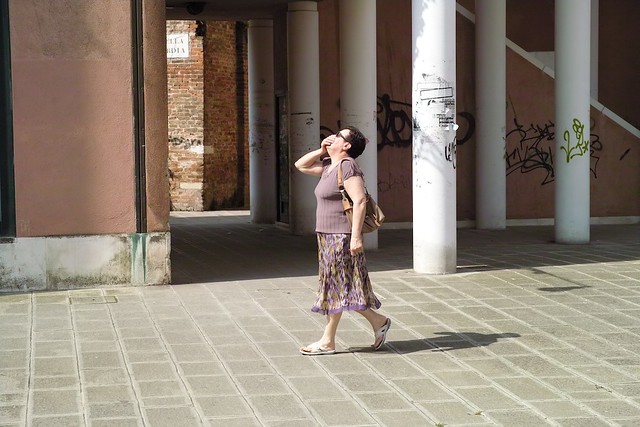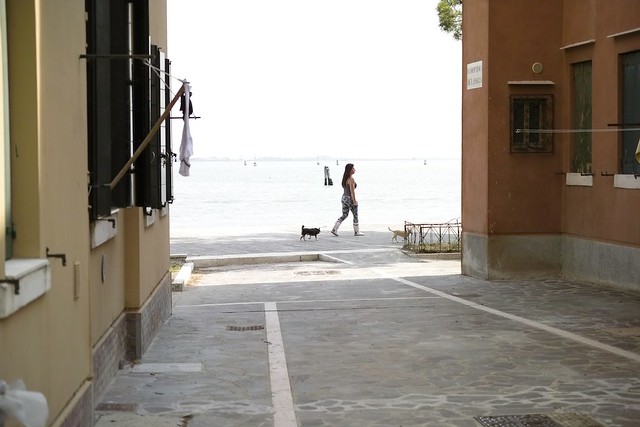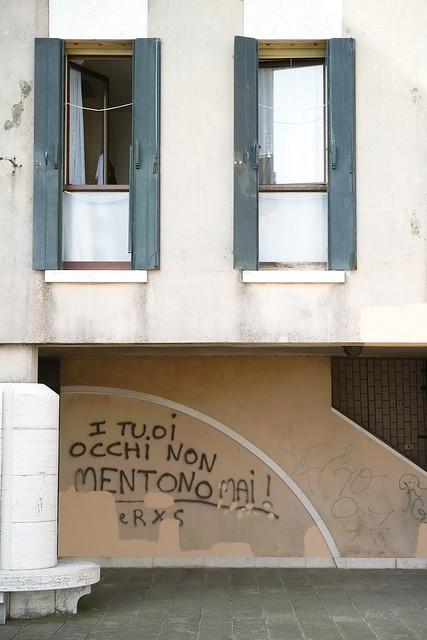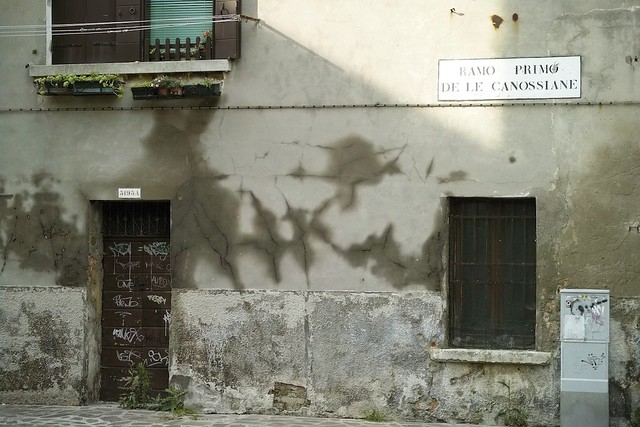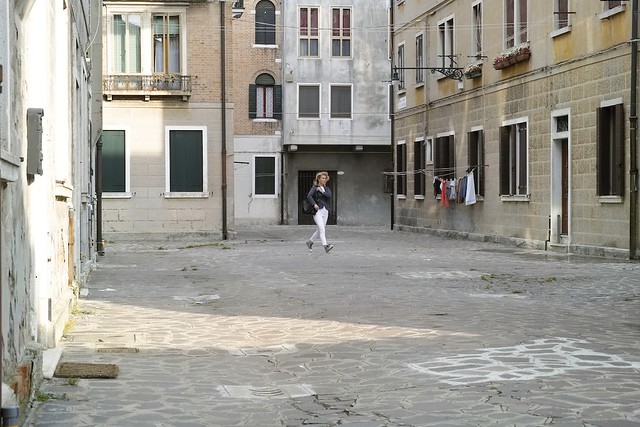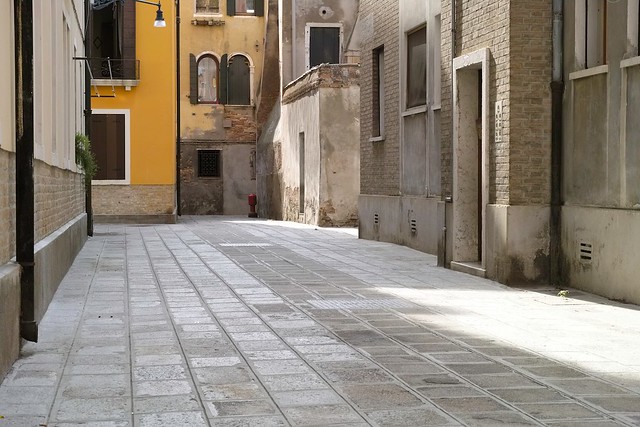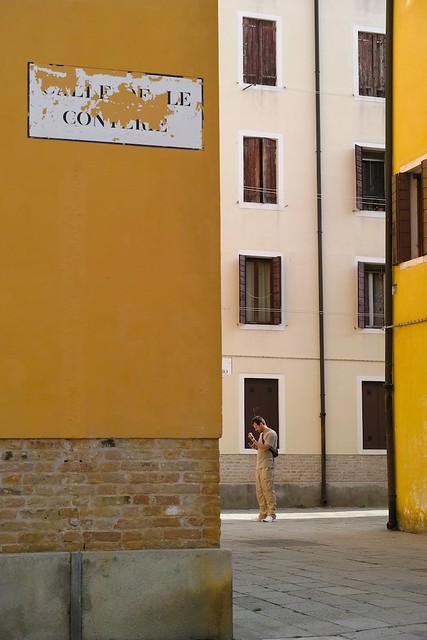The Plustek OpticFilm 120 film scanner
A subjective report
Following major problems with my Minolta Dimage Scan MultiPro scanner over the previous months, I recently decided to switch to a new Plustek OpticFilm 120 medium format film scanner (or “OF120” for short). My principal motivation for this is to scan film, not to make tests, but since several people have already asked, and there is very little information on the web about the OF120 which does not quickly degenerate into foam-at-the-mouth ranting, I’ve decided to dedicate a little time to provide some comparisons between the two scanners.
I recommend you first read these two in-depth reviews by qualified experts.
My own report will be entirely subjective.
My primary “use case” for the OF120 is scanning Xpan format film (nominally 65 x 24mm), and the vast majority of that is reversal film, principally Ektachrome E100G, Provia 400X, Provia 100F and Velvia 100F. I have some 6x6 and 6x7 120 reversal film (and a little 612 if we consider the Belair), but currently I do not shoot medium format. I do not shoot much negative film, although I’ve just shot 5 rolls of 35mm Portra 400, 2 in the Xpan and 3 in my Minox 35ML. They’re not yet processed. I’ve also used Portra and Ektar in the past, but generally I’ve preferred reversal film. For black & white you’ve come to the wrong place: I’ve only ever shot C41 B&W, and small amounts of Agfa Scala. If you want to know how well Tri-X or HP5 or whatever scans, you’ll have to send me a sample (but please ASK FIRST, in the comments below: I’ve got a day job too).
A few other ground rules:
- I use Silverfast. I might try Vuescan just out of curiosity at some point, but I won’t put any time into resolving any issues, if there are any. Ed Hamrick’s antipathy towards the OF120 doesn’t encourage me much. He probably had a fit when he saw the Silverfast logo on the front 😊
- In “productive work”, I use the Silverfast Archive solution. I know some people don’t see the point. Fine, variety is the spice of life, and I have no wish to either defend or evangelise my personal choices.
So, for me it boils down to this:
- Can the OF120 match, or come acceptably close, to the scan performance of the MultiPro on XPan slides ?
- Can it do this reliably, with crashing, and with requiring constant nursing ?
- Is it reasonably fast ?
If you want to stop reading now, the answers so far are, in summary, yes, yes, and yes.
1. The Plustek Opticfilm scanner
First impressions are good. The scanner arrives in a large box, well protected. Half of the box real estate is given over to Silverfast marketing, which is some indication of the co-operation between the two companies. Inside the box is the scanner, a 6x7 Silverfast IT8 target, a Plustek DVD, a Silverfast 8 DVD, two skimpy getting started manuals, and seven boxes containing the film holders. There are film holders for mounted 35mm, 35mm filmstrip (with two slots for multiformat 35mm such as XPan), 6x6, 6x7, 6x8, 6x9 and 6x12 medium format. All are glassless. All except for the mounted 35mm are adjustable, I assume in order to account for the different spacing between frames on various MF cameras. The closing mechanism is via two magnetic clasps. Loading film is very easy, and all in all these are by far the most impressive, best engineered scanner film holders I’ve ever seen. Film appears to be held tight and is well tensioned. Whether or not this is good enough for curled film remains to be evaluated. Note, I can’t see any technical reason why a 6x17 holder could not be added. You could load 6x17 into the 6x12 holder, but there’s no obvious way to tell Silverfast to scan it. Although there is a potential workaround, which I’ll try out. There are no technical specifications provided whatsoever. Not even the usual admonitions not to use the equipment in the shower or use it to fry eggs. Or indeed the mandatory CE notices…
The design of the scanner itself is quite minimalist. It’s larger than the Minolta, but about the same weight. It features small Silverfast and iSRD badges on the front. Mechanically it seems pretty sound.

Black is the new Beige
2. Setup
Setting up the OF120 on a Mac is basically a matter of plugging it in. The Plustek installation disk has an installer which appears to do something, but I have no idea what, as the driver is apparently included in Silverfast. It would be nice if Plustek had included a slightly more detailed manual on the DVD, but they didn’t. Anyway, there’s not actually a lot to discuss. Next, Silverfast is installed. The version on my disk is 8.0.1r18, which is seriously out of date. The current version is 8.0.1r54, and it’s a very good idea to update this before going any further.
The first thing I then did was to unwrap the gorgeous IT8 target and go about calibrating the scanner. Then comes the first stumble: on first run, Silverfast defaults to the 35mm holder. It does not recognise the inserted holder as it does for the Minolta. Therefore, if, as a seasoned Silverfast user, you just pile in and press Auto IT8, things are not going to go according to plan. After a brief movement of puzzlement, I selected Image > ScanMode > Tranp. 6x7. From then onwards, Silverfast performs its favourite party trick with the usual aplomb, and hey, presto, you have a colour-profiled scanner.
The OF120 is quieter in operation than the Minolta. The ticking of the Minolta stepping motor is quite absent. At the start of the scan, an abrupt “clunk” issues from the OF120, and then in the main it just whirs fairly peacefully.
3. Results
My first trial (I’m trying to avoid the term “test” here) involved my number one priority, XPan scanning. A pre-sales query to Plustek tech support in Europe produced a detailed reply explaining how to do this: the film size is not explicitly supported, so use the 35mm filmstrip holder, then tell Silverfast it’s the 6x9 holder. As a bonus, you can actually load two strips in, and batch scan them. As a downside, the film needs to be cut into 2-frame strips, which is a touch unfortunate as in recent years I’ve been using 3-frame strips in the Minolta. Anyway, the film slides snugly into place (none of the fiddling around you need to do with the Minolta holders) and the holder snaps shut with a reassuring clunk.
I’ve read scare stories about scanning speed. Well, I didn’t sit here with a stopwatch, but I’m extremely familiar with how long the MultiPro takes to scan an XPan frame, and the OF120 is in the same ballpark. I might even dare to say it’s a bit quicker. I’ve tried various combinations of iSRD (infra-red dust removal, the OF120’s alternative to DigitalICE and multi-exposure, and scanned at 5300dpi, close to the the Minolta’s native 4800dpi for the centre area. In each case the more complex combinations slow things down, but to the same degree as for the Minolta. Interestingly, the hardware scan times don’t vary much, unlike with the Minolta, but Silverfast sits there processing for longer.
So, let’s get to the important bit: the results. Here’s my test frame, an XPan shot taken earlier this year, and scanned at 4800dpi, 16 bits per channel, with 4x Multisampling and D-ICE on the Minolta.

I scanned the same frame on the OF120, at 5300dpi, 16 bits per channel, with iSRD (no Multiexposure. I’ll get to that later).
The nice thing about this frame is that it features the vital Brick Wall need to test stuff. Sadly no cats are currently present, which I know will be seen as a major failing in my methodology. It will just have to do. Let’s look at a couple of details of the frame. In both cases there is no sharpening involved. First of all, the plaque on the bridge:

Minolta at 100%

OF120 at 100%
Not a lot in it really, is there ? Note, for the Minolta there was some contrast added in Silverfast. For the OF120 I left it flat.
Now let’s look at a shadow area, under the bridge to the left:

Minolta at 50%

OF120 at 50%
Again, not much in it. The shadow detail is about the same, despite the fact that the Minolta scan benefitted from multi-sampling and the OF120 did not. The two scans have slightly different black points.
On this example, I’d say that the OpticFilm 120 is a close match to the MultiPro. While I might be just a little disappointed that it isn’t better, in terms of resolution the lemon is squeezed dry anyway at this point. There isn’t any more detail to extract from 35mm film.
Here’s a second example, from a very different part of the world.

This time I’ve taking a sample from the middle of the frame:

Minolta at 100%, 4800dpi, 8x multi-sampling, 48bit HDR scan, manual focus, no sharpening

OF120 at 100%, 5300dpi, 48bit scan, no sharpening
This time around the Minolta undeniably has the edge, although do note that printing this file at 360dpi resolution would give an output size of 97 x 38cm. The largest XPan print I’ve made is 80 x 30cm. Nevertheless, my feeling is the Opticfilm 120 can, in theory, do a little better than this.
I have done some initial fiddling around trying to insert AN glass over the film, to improve flatness. Results so far were either “no change” or “worse”. But my methodology was hardly robust.
4. Some issues
I’ve spent far too long on this write-up already, but there are some issues I’ve come across which merit a brief mention.
Multiexposure alignment
This is currently the biggest problem I have. Multiexposure, which is required according to Plustek to reach their quoted DMax of 4.1, doesn’t work. The two exposures do not align properly. I have reported this to Lasersoft, and received a quick reply from Arne Ketelhohn, who states “In case there is a large offset in the infrared or ME images you can increase the detection offsets in the preferences’ special tab. The ME setting would have to be set in the scansoftware”. Ok, but while there is indeed a preference to set the maximum correction range from ME alignment, there’s no way I can see to apply the offset itself, and believe me I’ve looked. Unfortunately Arne did not reply to my follow up. Possibly Lasersoft were/are busy with Photokina, but I’m not letting them off the hook. They need to fix this. Note that ME alignment was always a bit haphazard with the Multipro, which is why I preferred to use the slower but equally effective and 100% reliable multi-sampling.
UPDATE, 23-09-2014I did get a reply from Arne Ketelhohn, who explained that there is no manual adjustment for ME, you just need to try different values of offset to get it calibrated. I spent about an hour on this, I eventually found that a value of 6 gave a nearly flawless result, however looking closely a few “ghosts” could be found.
iSRD alignment
Same story as above, although strangely it has so far only cropped up in “64bit HDRi” files. In this case, there is a manual offset slider (two in fact, horizontal and vertical) and these can be used in Silverfast HDR to fine-tune alignment. iSRD seems to be pretty much on a par with DigitalICE, with the plus point that it is tuneable. Or maybe that’s a drawback…
Frame detection
A lot of people have reported problems with frame detection. I had one issue with the software not scanning all the way to the edge of the holder. A reset of both software and scanner fixed it. It only happened once, no big deal.
Fuji “pepper grain”
And a real blast from the past here: the old Fuji Provia pepper grain issue pops up again. Not really a problem with the scanner, and probably only a pixel-peeping issue. However I now wish I’d kept one of my Scanhancers to see if it works with the Opticfilm. I guess probably not, but pepper grain dissolving was one its benefits.
iSRD edge artefacts
In some extreme cases iSRD gives stair-step artifacting at high-contrast edges. I’ve only found this once so far on a 6x6 Velvia slide. Note that DigitalICE suffers from similar issues, which again the Scanhancer resolves. Since in Silverfast, iSRD can be fine-tuned and masked, there’s probably a workaround to this, it just requires a little time.
CORRECTION, 23-09-2014The stair-steps were Operator Error. I had the detection slider set far too high. A “normal” value is about 5.
5. Initial conclusions
It is very important to bear in mind that my conclusions are heavily biased by my personal needs and quality thresholds. I also just want things to work, I have no desire at all to spend all my scant free time “testing”, debugging and resolving issues. I just want to be able to scan my films at a high enough quality to frame them, show them around, and take them to potential exhibitors as samples of my work. The largest I print is A2 size on an Epson 3800 (on on A3 height panoramic sheets). Much as I loved my MultiPro, it was getting far too frustrating coaxing it along all the time.
In a nutshell, so far the OpticFilm 120 meets and perhaps slightly exceeds my expectations. So far it, and Silverfast 8, have been stable and reliable.
If today I had the choice between on OpticFilm 120 and a new Sony DimageScan MultiPro designed for OS X 10.9 with full tech support, I’d buy the MultiPro. But given the choice between fading MultiPros and Coolscans, requiring maintaining second computers with old operating systems, and increasing amounts of attention, and a new Plustek OpticFilm 120 designed for OS X 10.9 with full tech support, I took a deep breath and went with Plustek. So far I don’t regret that decision.
As witnessed by the badges on the front, the OF120 was born joined at the hip with Silverfast Ai Studio 8. In my opinion this is a good thing, but as with every other first world problem these days, there are astonishingly rabid opinions expressed about this on the internet, many of which seem to emanate from uninformed, rigid and closed minds. Although personally I like Silverfast, and indeed Lasersoft, I’m far from blind to their shortcomings, and I’ll be making a considerable nuisance of myself getting defects recognised and resolved. Lasersoft really, but really needs to get with the program and engage constructively with its remaining user base. Satisfied Silverfast users are Lasersoft’s biggest asset, it really is remarkable that they do not appear to understand this.
Ok. Enough already. Any questions ?




